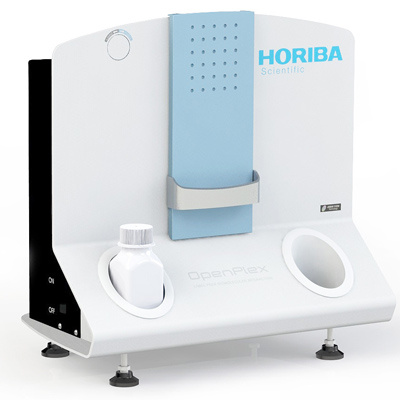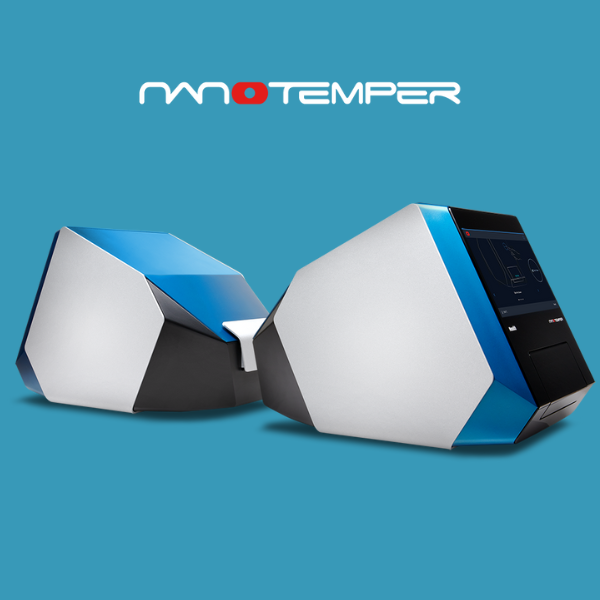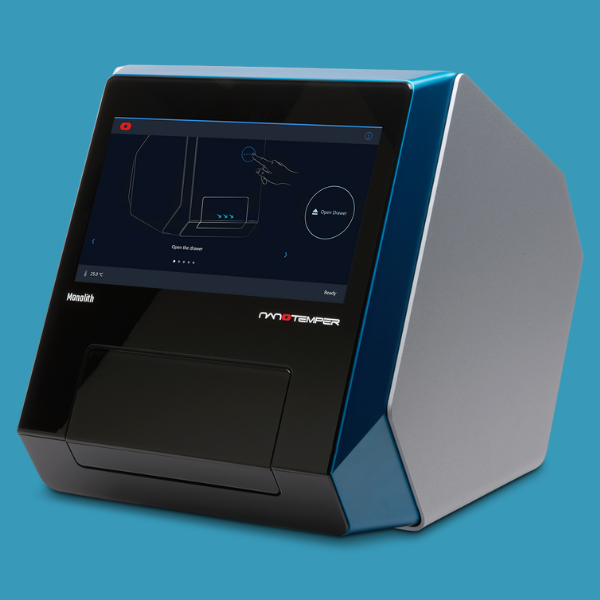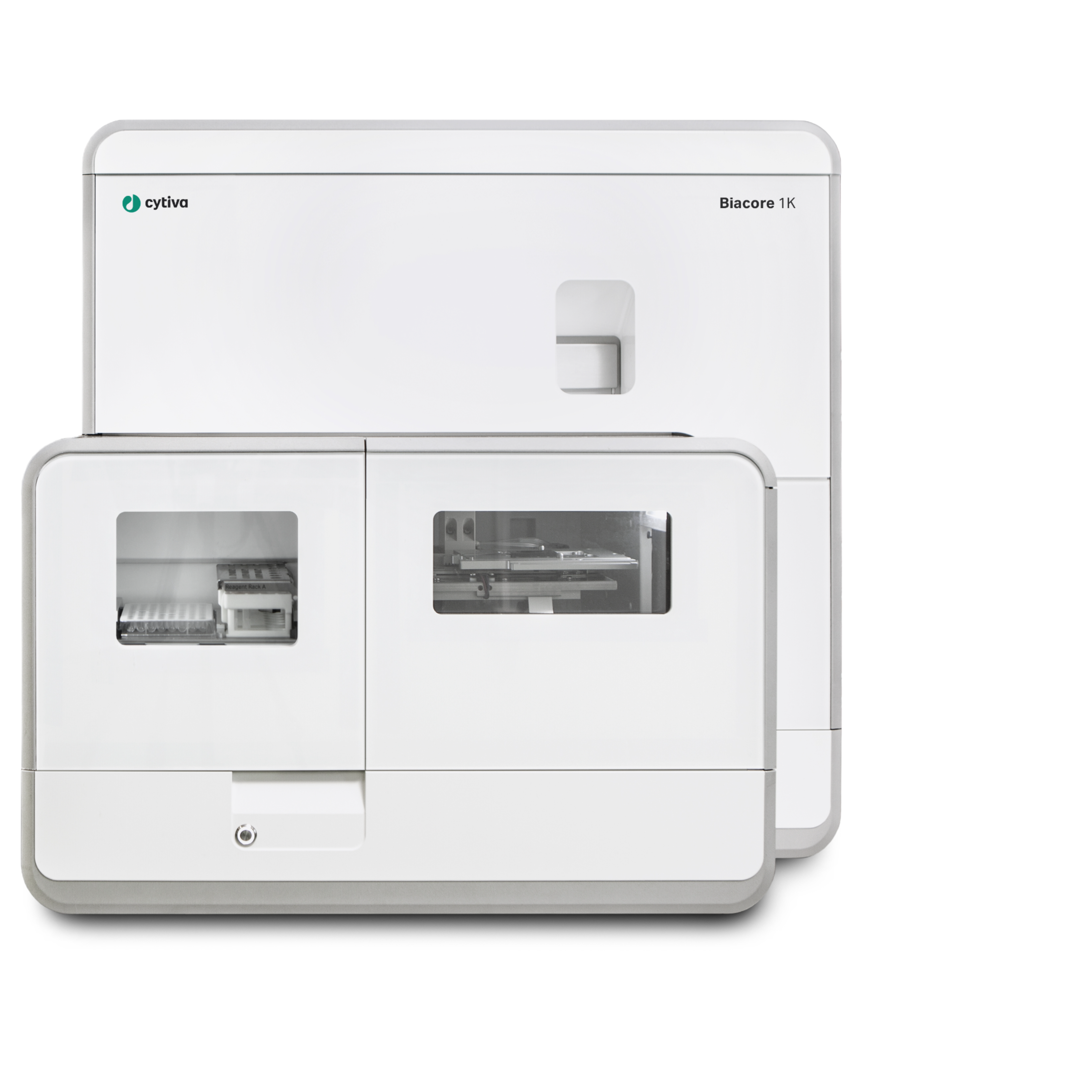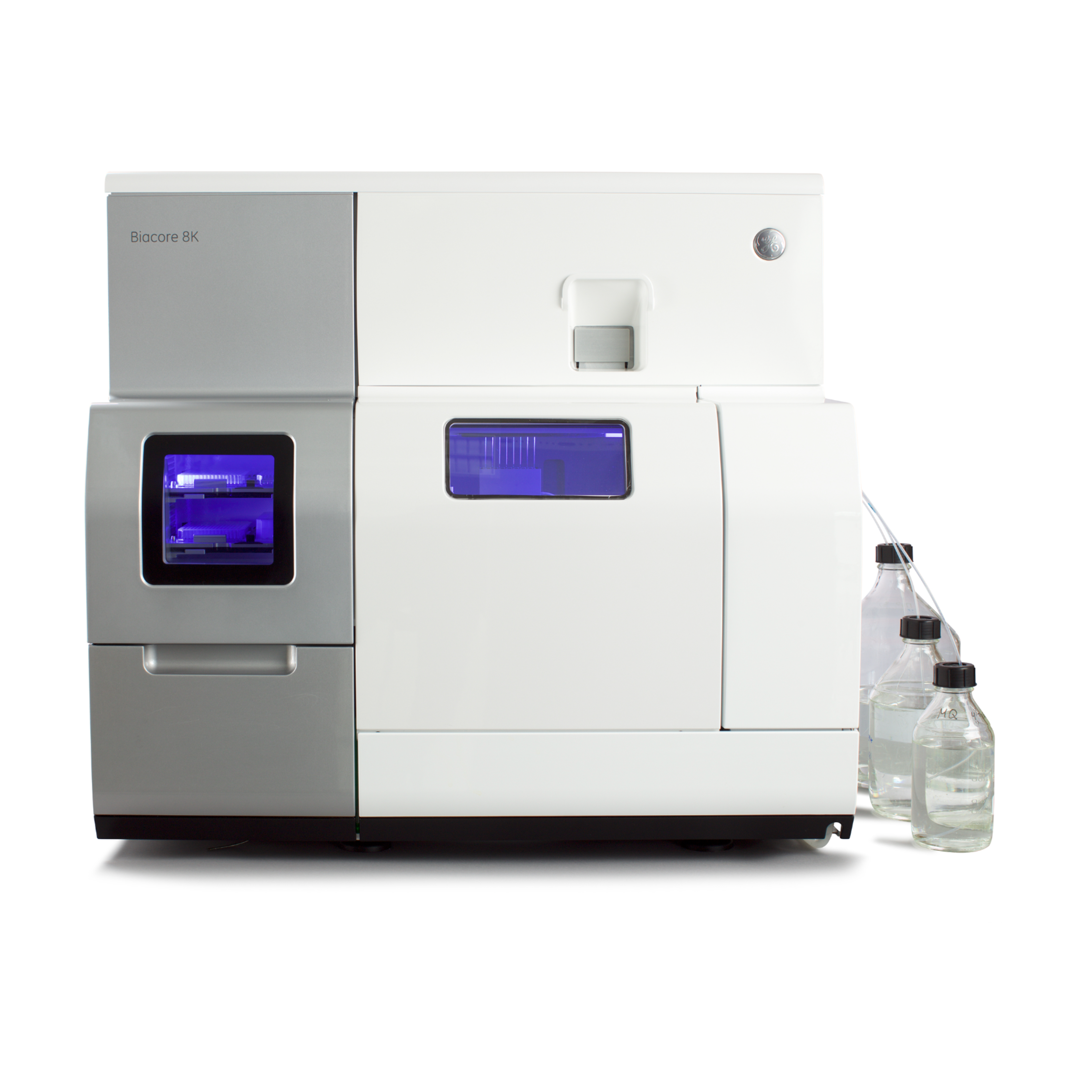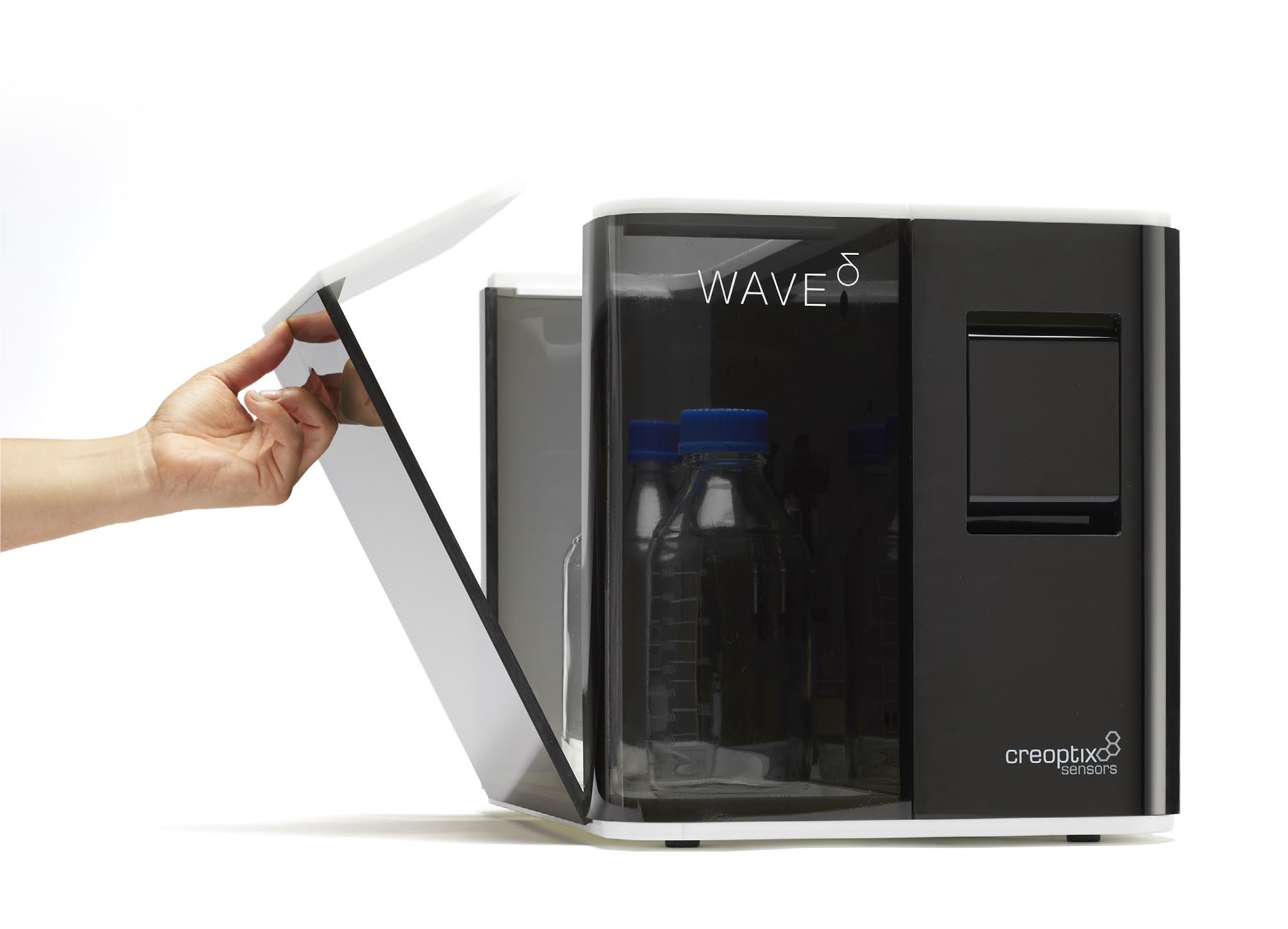方案详情
文
The GenOptics platform, centred on SPRi technology, enables:
- The generation of biochips bearing a large range of peptide probes (peptide arrays)
- The label-free detection of peptide-antibody interactions in complex media such as undiluted sera varied according to the patient and the peptide, revealing donor-related differences in the anti-HCV antibody responses (specificity, amount and affinity).
The GenOptics SPRi technology is a powerful tool for clinical applications such as diagnosis, pharmacologic studies, and for research.
方案详情

HORIBAJOBINYVONSPRi & Life Sciences Application Note SPRi-0707.5-v1-Page 2 B. Cherif1, A. Roget², C.L. Villiers, R. Calemczuk2,V. Leroy13, P.N. Marche1, T. Livache? and M.B. Villiers1.3 1-DRDC/ICH/INSERM U548, CEA Grenoble, France 2-CREAB, UMR 5819 (CEA, CNRS,UJF), CEA Grenoble, France. 3- Departement d'Hepato-Gastroenterologie, CHU de Grenoble, Grenoble, France. Proteins constitute the essential machinery in cellular life;almost all cellular responses are triggeerreedd bbyy ppriotein-proteinn interactions. Performing assays to specificallyanalyze binding phenomena is important for understandingcellular mechanismsand for designing pharmacologictargets. These events cannot be studied with RNA/DNAchips because RNA concentrations do not always correlatewith protein production and/or activity. Protein array techniques have recently emerged but thesearraysremain difficultto constructbecause of thecomplexity and heterogeneity of proteins and the necessityto preserve their conformational folding after covalentbinding to a surface. Microarray technology has a crucial role to play in detecting Description of the experiment Eleven peptides derived from hepatitis Cvirus (HCV) andone peptide from ovalbumin (negative control)weresynthesized with a maleimide-modified NH, terminus andwere conjugated with SH-activated pyrrole. Then, thepyrrole-peptide conjugates were electro-deposited on thegold layer of the chip. molecule-molecule interactions. The use of peptide chipswith indirect detection by use of labelled probes allowsqualitative analysesiof samplesbut:ffailstoprovidequantitative data such as kinetics. Optical detection by surface plasmon resonance (SPR) isan accurate, one-step method for the real-time directmeasurement of ligand binding without labelling. However,this approach does not allow for parallel analysis on asingle chip bearing an array of proteins or peptides. The aim of this application note is to describe theadvantages of combining the use of peptide chips withdirect label-free detection as achieved by SPR imaging(SPRi). Specificity of antibody binding to peptidechips and SPRi detection Injection of an anti-C 20-40 immune serum gave to aspecific signal corresponding to the spot bearing the C 20-40 peptide, whereas low signals were observed with theirrelevant C 131-150 and ovalbumin peptides as well aswith the polypyrrole alone. However, injection of non-immune serum led to a low and similar reflectivity from allof the spots which correspond to non-specific binding.Subsequent injection of the anti-C 131-150 immune serumconfirmed the specificity of the method. Figure 1: Specificity of antibody binding on peptide chips.Three peptides(C20-40, C131-150, and Ova 273-288) were spotted on the surface of achip, and different rabbit immune sera were successively injected. Thechip surface was regenerated after each assay SPRi quantification of antibody binding onpeptide chips Serialddilutions ofanti-C 131-150 antiserum weresuccessively injected in the flow-cell. The value obtained atthe plateau (8% of reflectivity) corresponds to a monolayerof antibody equivalent to 1 pmol/mm2. One importantapplication of this method is the detection of antibodies (orother molecules) present which are only present at lowconcentrations. Figure 2:Quantification of antibodies bound to peptide chips Serialdilutions of anti-C 131-150 antiserum were successively injected. Thechip surface was regenerated after each assay. Analysis of patient-derived sera by use ofpeptide chips and SPRi detection Eleven sera samples from HCV-positive patients and fromhealthy donors were successively injected on a chipbearing 11 HCV peptides. The specific SPRi signal (AR) varied according to the patient and the peptide, revealingdonor-related differences in theanti-HCVantibodvresponses (specificity, amount and affinity). Figure 3: SPRi analysis of sera from 10 HCV patients (P1-P10) and from 1 healthy donor (H1).Injection of human sera on a chip bearing 11 HCV peptides and Ova (negative control). Thechip was regenerated between 2 successive injections.3a:Interaction curves obtained after injection of the 11 sera samples. 3b: AR for eachserum. The GenOptics platform, centred on SPRi technology,eenniables: - The generation of biochips bearing a large range ofpeptide probes (peptide arrays) -The label-free detection of peptide-antibody interactions incomplex media such as undiluted sera Find us at www.jobinyvon.com/SPRi or telephone: France:Germany:+49 (0)89 46 23 17-0UK:+44 (0)208204 8142ltaly:+39 0 2 57603050 China: +86 (0)10 8567 9966 Other Countries: +33 (0)1 64 54 13 00 HORIBAExplore the future HORIBAExplore the future The GenOptics platform, centred on SPRi technology, enables:- The generation of biochips bearing a large range of peptide probes (peptide arrays)- The label-free detection of peptide-antibody interactions in complex media such as undiluted sera varied according to the patient and the peptide, revealing donor-related differences in the anti-HCV antibody responses (specificity, amount and affinity).The GenOptics SPRi technology is a powerful tool for clinical applications such as diagnosis, pharmacologic studies, and for research.
确定
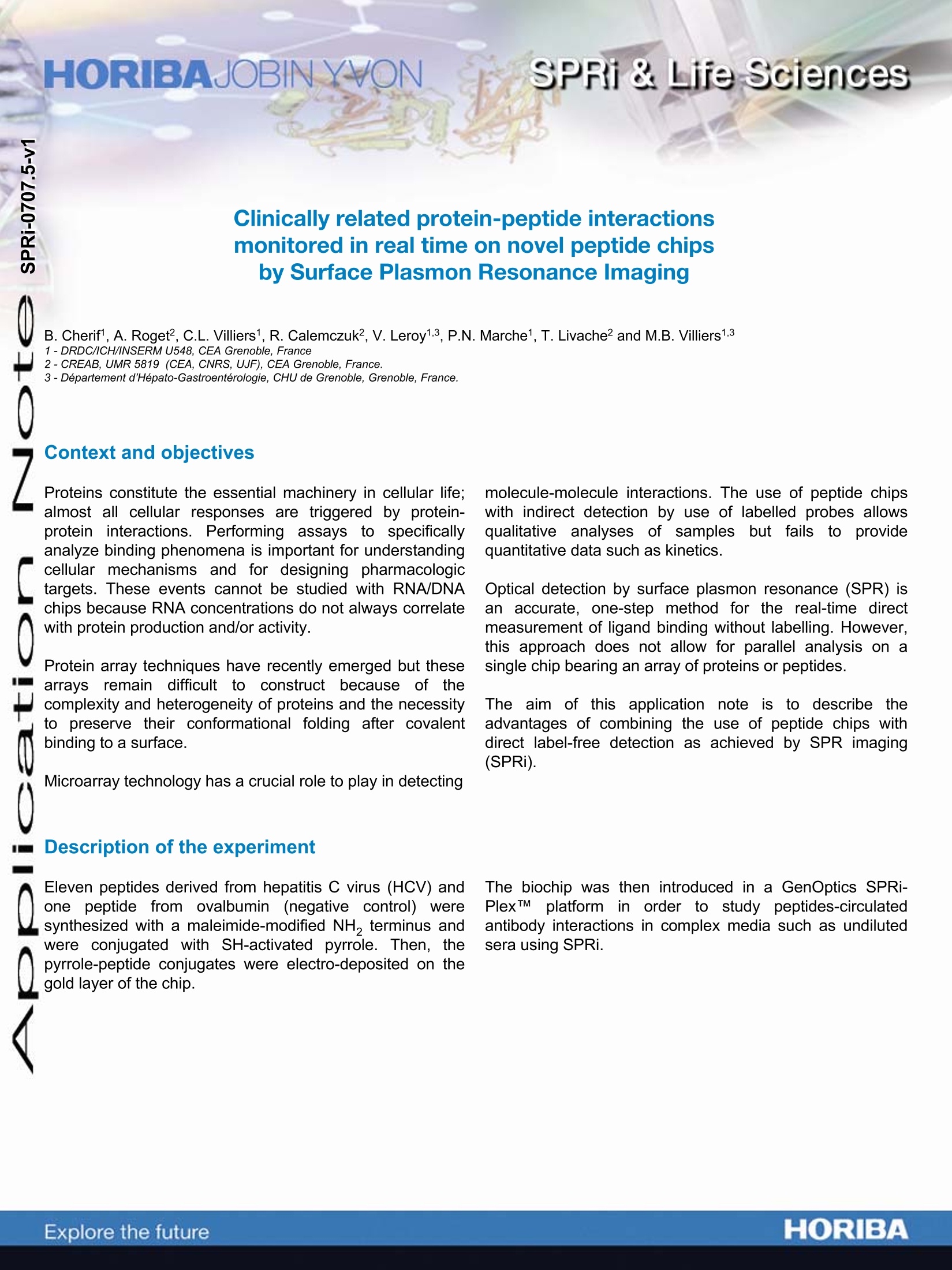
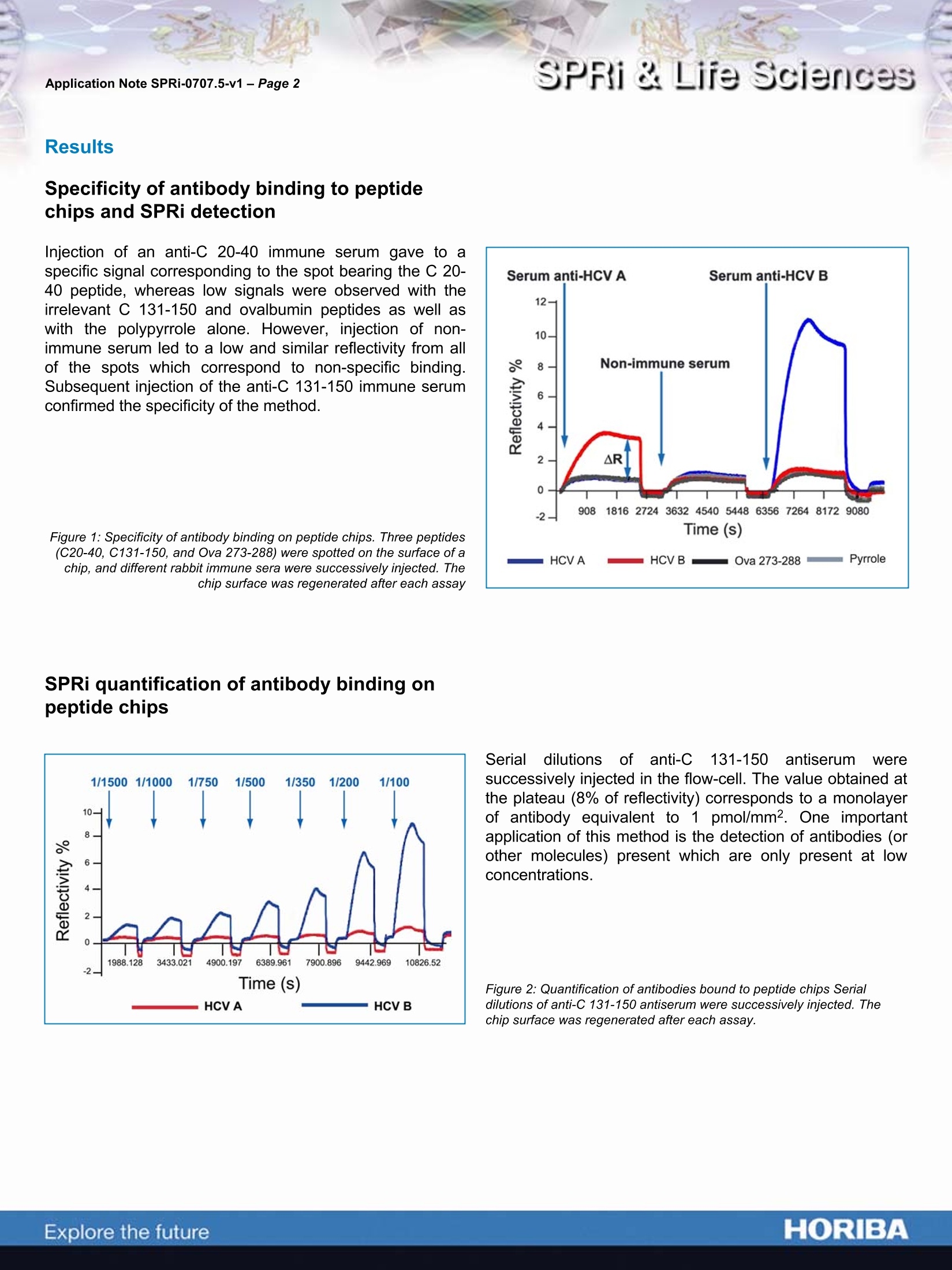

还剩1页未读,是否继续阅读?
HORIBA(中国)为您提供《卵清蛋白肽,抗体中相互作用检测方案(大分子作用仪)》,该方案主要用于其他中相互作用检测,参考标准--,《卵清蛋白肽,抗体中相互作用检测方案(大分子作用仪)》用到的仪器有HORIBA OpenPlex表面等离子体共振成像仪
推荐专场
相关方案
更多
该厂商其他方案
更多

